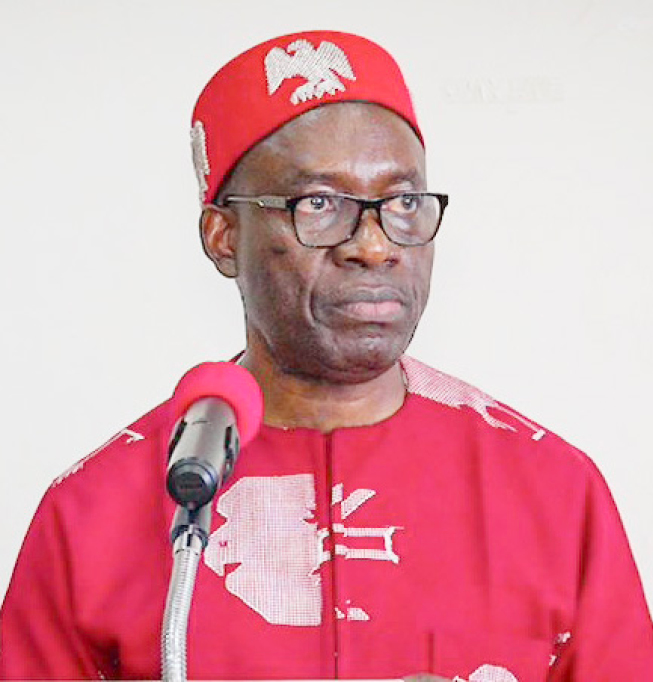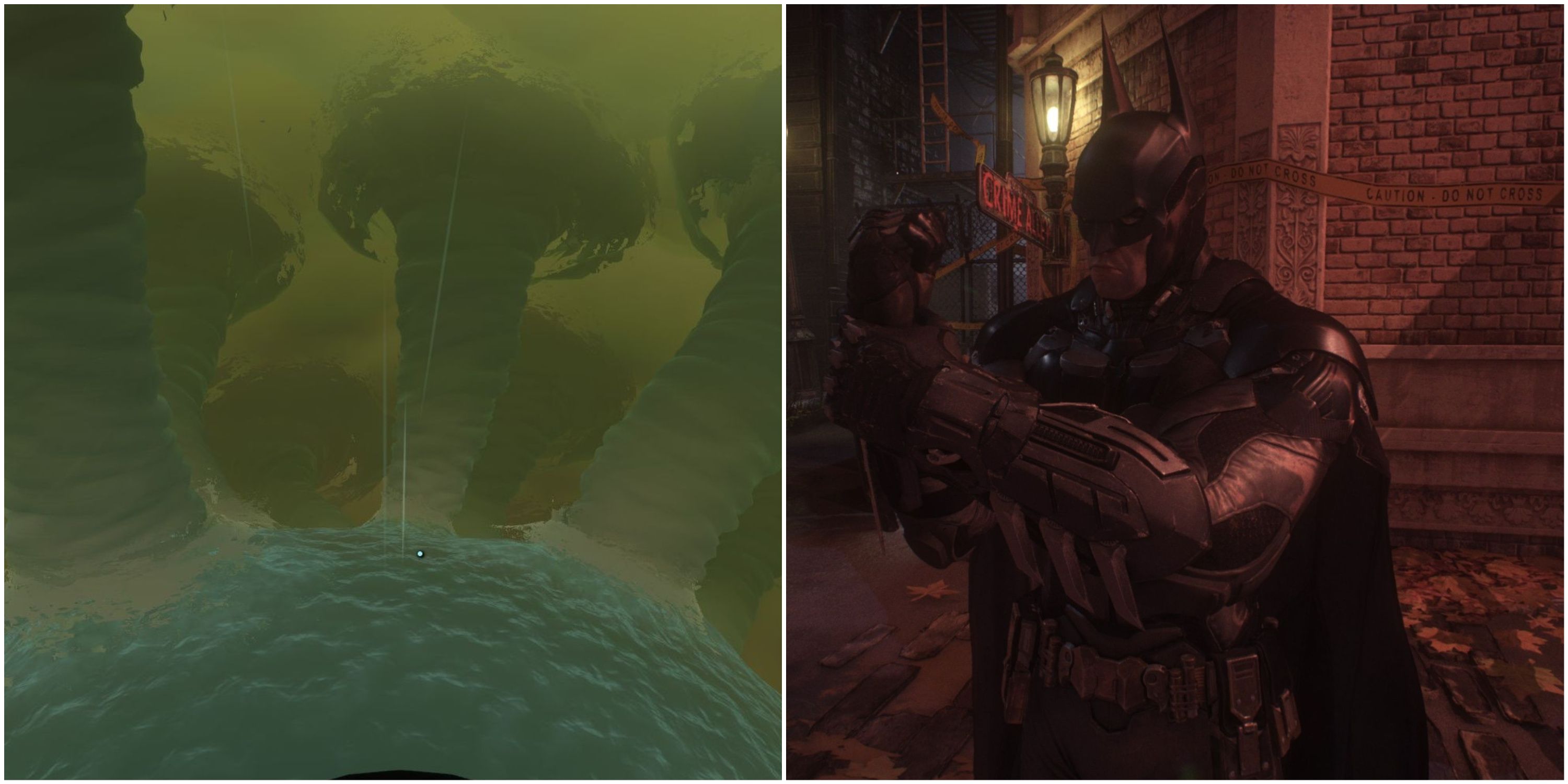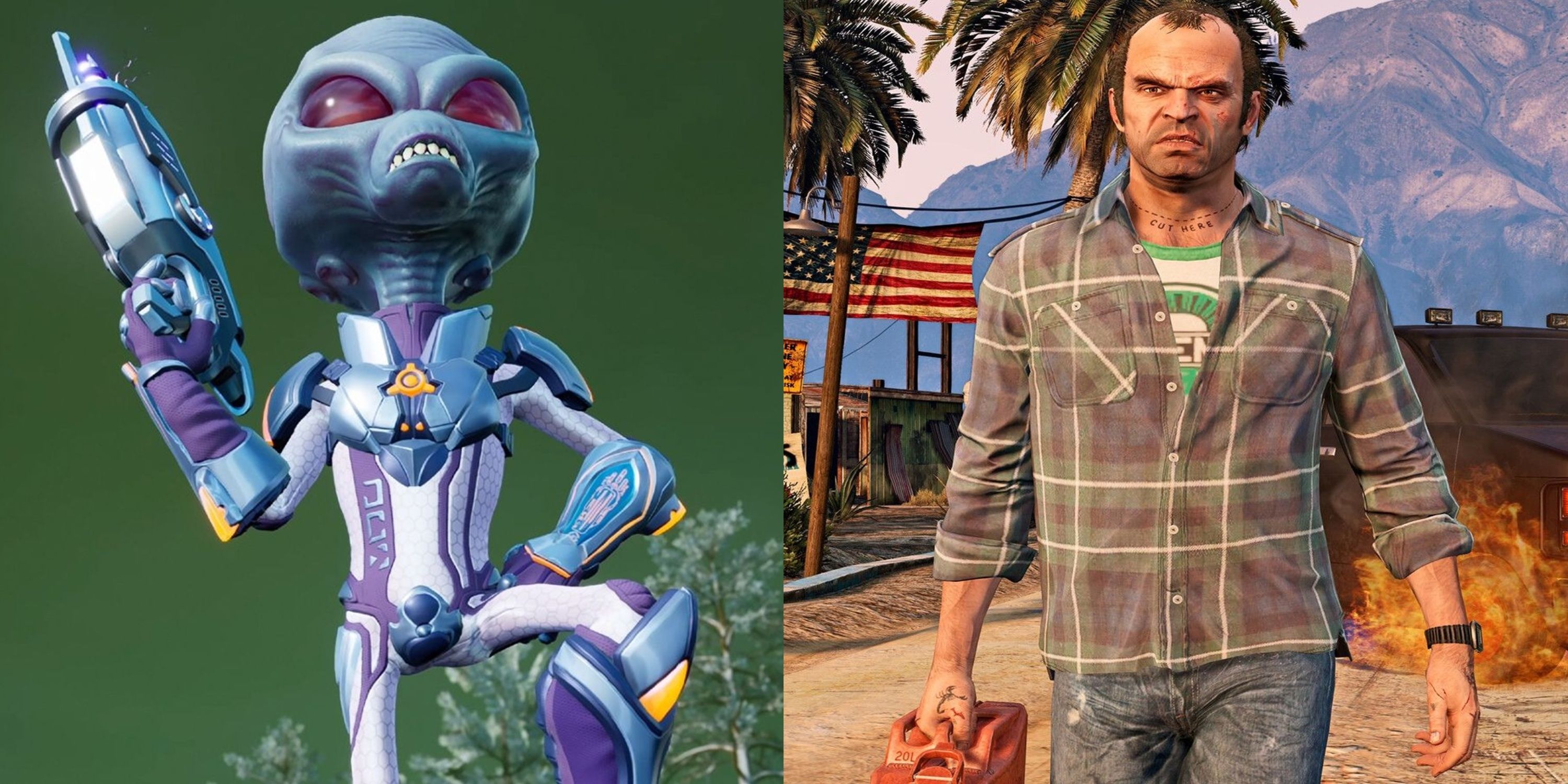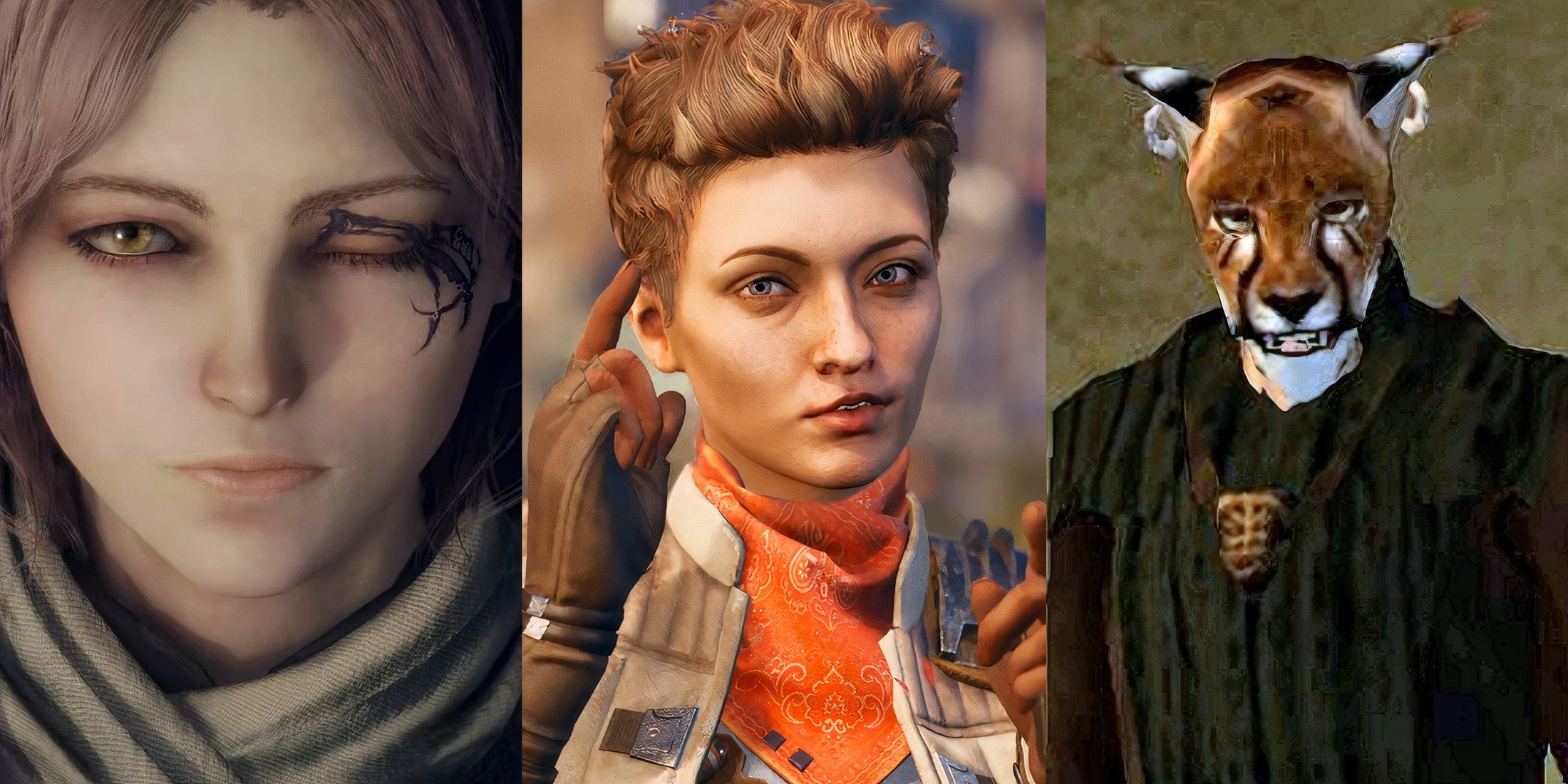
What holds a house together once the furniture is gone and the people have moved out? For , his first solo exhibition in his home country at Gallery Sofie Van de Velde, Antwerp, returned to the home that held three generations of his family, exploring through embroidery and sculpture what remains now that his grandmother has moved on and the rooms have returned to silence. What emerges is a tender meditation on emotional and cultural legacy, and on the invisible threads that continue to bind a family long after its centre has been cleared away.
Rommelaere studied fashion at the Royal Academy of Fine Arts in Ghent, and interned with Henrik Vibskov and Raf Simons, but it was resourcefulness, rather than formal training, that first drew him to textiles. “When I was at school, I’d go to the thrift shop and find yarn and grids to embroider on – that’s how it started,” he recalls. If it began as a practical solution, embroidery quickly unfolded into a personal, tactile language: working with thread allowed him to slow down, to dwell in process, and to translate what he calls a “stomach feeling” into densely stitched scenes drawn from his inner world.
The idea for Blood began when Rommelaere’s grandmother moved into a care home and her house – where she had lived for some 70 years – was emptied out. “You work all your life, you live in a space, and then suddenly it’s all in the trash,” he reflects. “That got me thinking: what’s important? What’s left?” Photographing the abandoned rooms, he began to embroider over them as an act of preservation. The resulting works reimagine the domestic space as emotional architecture: places where the wallpaper is sticky with memory, comforting silences gather around kitchen tables, and inherited rituals persist even after their objects are gone.

Each piece in Blood emerges through a layering of image, texture, and time. Rommelaere began by printing photographs of his grandmother’s house onto fabric, then embroidering directly over them. From a distance, it’s hard to tell where print ends and thread begins; up close, the surfaces warp and pucker, pulling memory out of flatness and into something more bodily. Many are left partially stitched, allowing absence to remain visible. “From afar, you don’t see what’s embroidered and what’s not,” he explains. “When you embroider, you reshape the fabric as it gets wobbly. The lines go crooked. It’s like a dream that emerges.”
If Rommelaere’s practice began as a solitary pursuit, it has since grown into a collaborative process. For over a decade, he has worked with a group of older women – his Madammen (a Flemish term for ‘ladies’) – from across Belgium, who meet weekly to help bring each labour-intensive piece to life. Many learned these techniques at school, but with Rommelaere, their craft finds new context and visibility. “They just enjoy the craft,” he says. “They don’t care if it’s cool – they just want to do it as well as they can.”

The exhibition itself unfolds like a film set: a series of constructed rooms and thresholds that viewers pass through, echoing the domestic architecture that inspired them. Rommelaere looked to the interiors of Rainer Werner Fassbinder’s 1970s films – spaces charged with emotion and held together by women. His own sculptural figures, protected by beaded shells, stand sentinel throughout the gallery, structural and vulnerable at the same time. “I wanted to make my own version of the sculptures my grandfather would make,” he says of the figures. “Except now, they’re women.”
Blood is not only a tribute to a home now confined to memory, but to a way of working that resists speed and spectacle. Each stitch and each story shared around the kitchen table or with his Madammen is a form of inheritance. “We can never go back to the house as it was,” he reflects, “but now it lives on through the art. It’s a way of catching something before it disappears completely.”
Blood is on show at Gallery Sofie Van de Velde until June 22.













